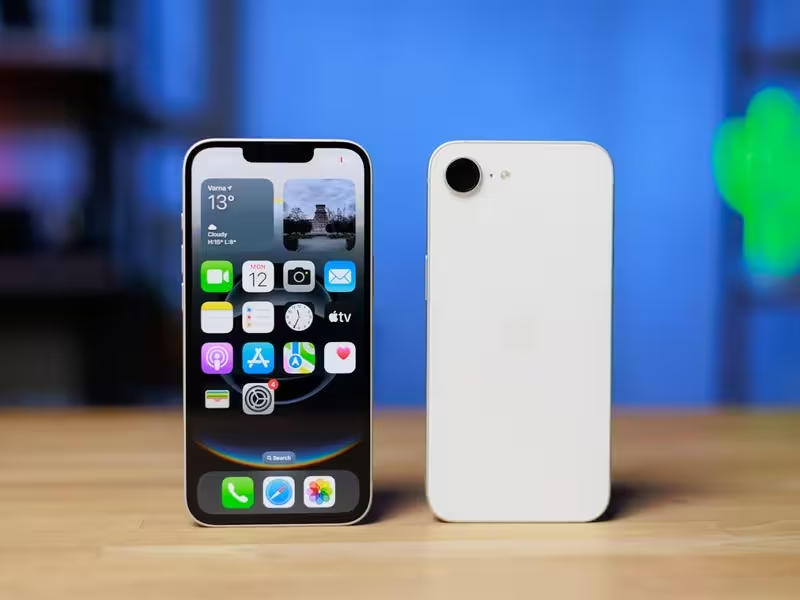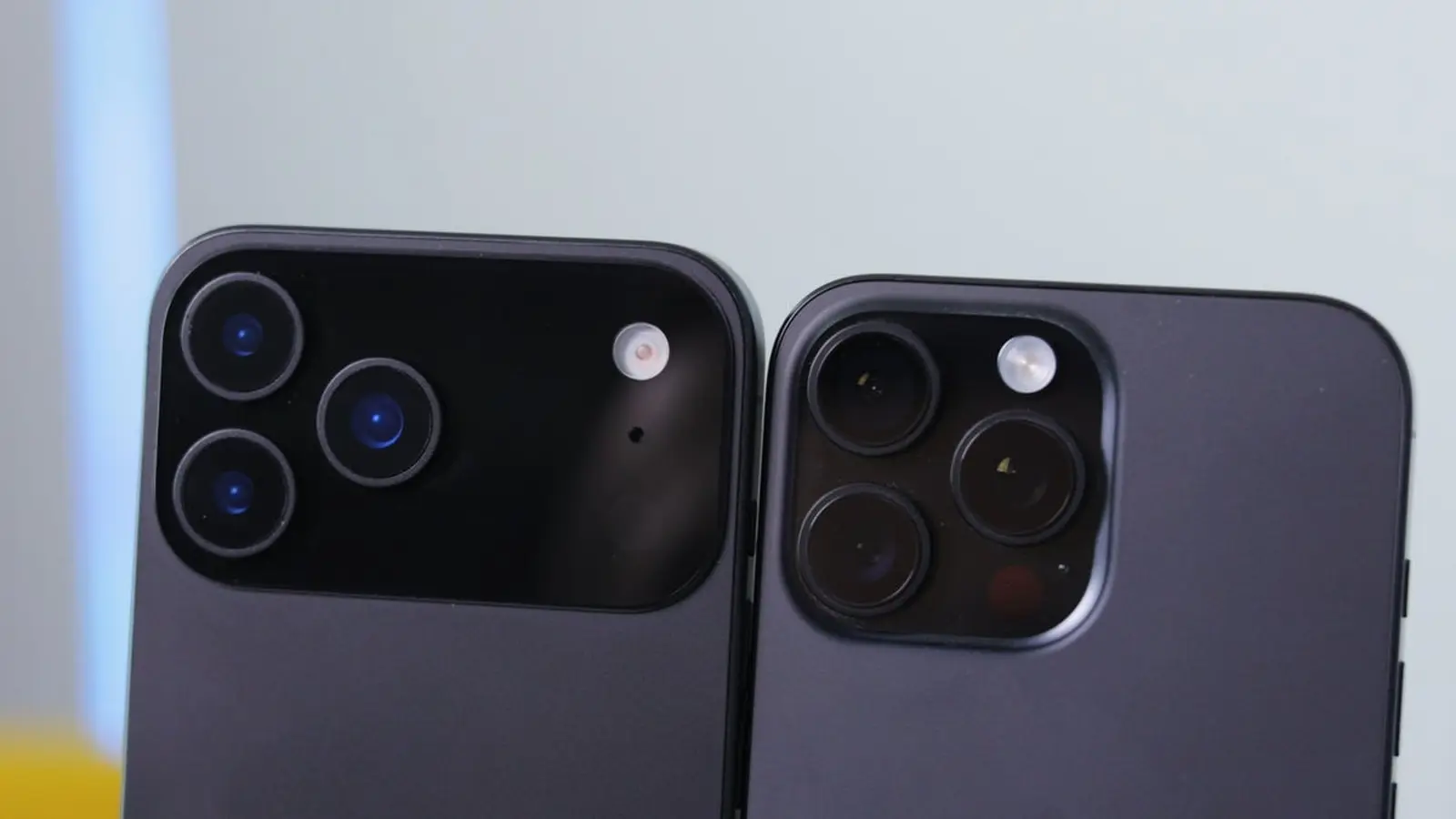3 Minutes
A small hardware change with meaningful implications
As Apple prepares to ship the iPhone 17 lineup, leaks and analyst reports are already pointing to a compelling reason some buyers might wait for the iPhone 18 Pro: an Apple-designed cellular modem in the Pro models. Beyond headline upgrades like faster processors and camera refinements, this subtle shift in networking silicon could edge battery life and manufacturing economics in Apple’s favor.
Apple's in-house modem story so far
After years of development to reduce reliance on Qualcomm, Apple introduced its first proprietary modem, the C1, in this year’s budget iPhone 16e. The C1 didn’t reach flagship-quality performance, so high-end iPhones still rely on Qualcomm for now. That pattern appears set to continue for the iPhone 17—but sources suggest Apple will bring a next-generation modem (C2 or even C3) to the iPhone 18 Pro models.

The iPhone 16e debuted with Apple’s in-house cellular modem.
Product features: What the new modem could bring
- Native Apple modem (C2/C3): tighter integration with iOS and A/M-series silicon.
- Improved power efficiency: optimized protocols and tighter hardware/software synergy.
- Potential cost savings: reduced dependency on third-party modem suppliers such as Qualcomm.
Battery life and system-level optimization
Apple has historically boosted efficiency through vertical integration with its A-series and M-series chips. A homegrown modem lets Apple tune radio firmware and power management across the SoC and baseband to eke out incremental battery gains. On Pro models that already favor larger batteries, the runtime improvement may be subtle but measurable; on slimmer models like the rumored iPhone 17 Air with a ~2,900 mAh cell, the efficiency uplift could be far more important.
Comparisons: Apple modem vs Qualcomm
Performance parity with Qualcomm remains uncertain. Qualcomm has years of modem expertise and strong real-world speeds. Apple’s early modems prioritized autonomy over peak performance. The next-generation C2/C3 designs aim to narrow that gap, but whether they match Qualcomm in raw throughput or advanced features (e.g., mmWave optimizations, carrier aggregation breadth) is open to testing.
Advantages, use cases, and market relevance
Advantages:
- Battery efficiency gains from integrated hardware/software design.
- Better control over feature rollouts and custom radio features in iOS updates.
- Long-term manufacturing cost reductions for Apple.
Use cases where this matters: mobile professionals, frequent travelers on variable networks, and users of slim-footprint models with smaller batteries. For buyers prioritizing top-tier cellular performance today, Qualcomm-based iPhone 17 Pro models may still be attractive. For those focused on marginal battery improvements and tighter Apple ecosystem optimization, waiting for the iPhone 18 Pro could pay off.
Bottom line: Is it worth waiting?
If better battery life and Apple’s vertically integrated approach matter to you, the iPhone 18 Pro’s expected in-house modem is a valid reason to delay an upgrade from older models. If peak cellular performance or immediate availability are your priorities, the iPhone 17 family still looks competitive. Either way, Apple’s move toward proprietary modem silicon is an important market shift with long-term implications for device performance, supply-chain dynamics, and potentially pricing.
Source: phonearena


Leave a Comment